Sergers, also known as overlockers, seem to look just a bit different and while there are some similarities between sergers and sewing machines, they are truly two different animals.
In this post I'll share some simple Do's and Dont's to follow. Whether you are a seasoned serger stitcher or a newbie when it comes to overlockers, I think you'll find a tip or two that will work for you.
- Use good quality synthetic cone thread. Lesser quality threads are made up of short fibers, break easily, and leave more fuzz. You can also use regular spools of sewing thread in your serger if you're in a pinch for color matching your fabric. In this case, I prefer to use a thinner thread such as Mettler or Guttermann.
- Practice serging with threads that are color matched to your machine's tension dials to become familiar with making tension adjustments.
- Change needles frequently, using correct type & size for your machine. A universal size 14 is considered pretty standard but I sometimes use a size 11 or 12.
- Insert needles in the proper direction and up as far as they will go. When removing needles use the appropriate screwdriver and loosen the screw just enough to remove the needle. Leave screw at that semi-loose position until you put another needle in its place. If you tighten down the screw each time you remove a needle you may eventually form a burr. A burr can prevent needles from going all the way up into the hole.
- For most standard sergers you will want to thread machine in this order: Upper looper first, Lower looper second, and Needles last. In general, the right needle is threaded first and the left needle second. If either of your loopers need to be re-threaded it is best to unthread the needle(s), rethread the looper(s), and then re-thread the needles last. If you don't want to un-thread and re-thread, then you’ll need to make sure the needle threads are brought to the top of the throat plate and placed under the foot to the back of the machine, after you re-thread a looper and before forming a stitch. This is VERY important! If needle threads are caught behind a looper when your loopers are re-threaded, the looper thread will simply break again. Following this rule will prevent lots of serger frustration.
- Oil as specified in the manual. Clean face and lower area of machine with a soft brush. I like to use a 1-inch paint brush for cleaning the face and a stiffer nylon sewing machine brush to clean the blades and lower area. I also use a vacuum while brushing and avoid canned air.
- Change needles regularly. You can usually "hear" a needle get dull. a dull needle makes a popping sound. Dull or damaged needles can also snag fabric and cause runs or holes.
- When re-threading or starting off with a new stitch formation, take the first few stitches by hand to make sure the stitch forms and everything is running smoothly before using the foot control.
- Make some sort of obvious notation to serve as a warning if you disengage the cutting blade for a particular technique. I like to write a note on post it note paper that says Warning! Blade Disengaged! I leave it on my machine until I have re-engaged the cutting blade.
- Test your stitches on long scraps of the same fabric before sewing on the actual project. You will waste more thread with short test pieces as you'll have to chain on and off while testing. Use a long piece, stitch a few inches, check, adjust as necessary, and continue until you're satisfied with your adjustments.
- Avoid using pins with a serger or be sure to use them parallel to the seam, far away from the blades. Pins and serger blades are mortal enemies. Keep them away from each other at all costs!
- Don’t turn the handwheel backwards once needles have been threaded. You will tangle the threads and make a mess.
- Don’t pull hard on the fabric from the front or back. This can cause the needles to hit the loopers, causing burrs on one or both.
- Don’t sew beyond the edge of the throat plate when the cutting blade has been disengaged. Remember the warning system described above.
- Don’t re-thread the machine without following the proper threading order. Remember the rule about always threading needles last!
- Don’t use inferior quality threads or old cotton threads. Cotton thread is usually a poor choice for any serger project. Tension on serger thread can make cotton snap and break easily.
- Don’t neglect oiling! Most sergers require some, if not more oiling than you may think. If your serger has been sitting for a while be sure to oil before using. Too little oil is not a good thing but too much is not good either. Check your manual for specific oiling details. I like to periodically oil the blades of the serger with a cotton swab. This helps clean off residue and makes blades last longer.
- Don’t serge at an erratic pace, meaning fast, slow, fast, slow. Instead, stitch at a steady, even pace. Stitching at an even pace will make the threads jiggle less and the tension will be more even. This is particularly important on sergers that are more in the budget range price wise.
Want to see a video with tips for when to sew and when to serge? CLICK HERE to watch Sew it or Serge it, as seen on It's Sew Easy TV show 2101-1. On this show you'll see me demonstrate a variety of techniques using both the sewing machine and serger.
Would you like a PDF version of the Do's and Don'ts to print and keep by your machine? CLICK HERE.

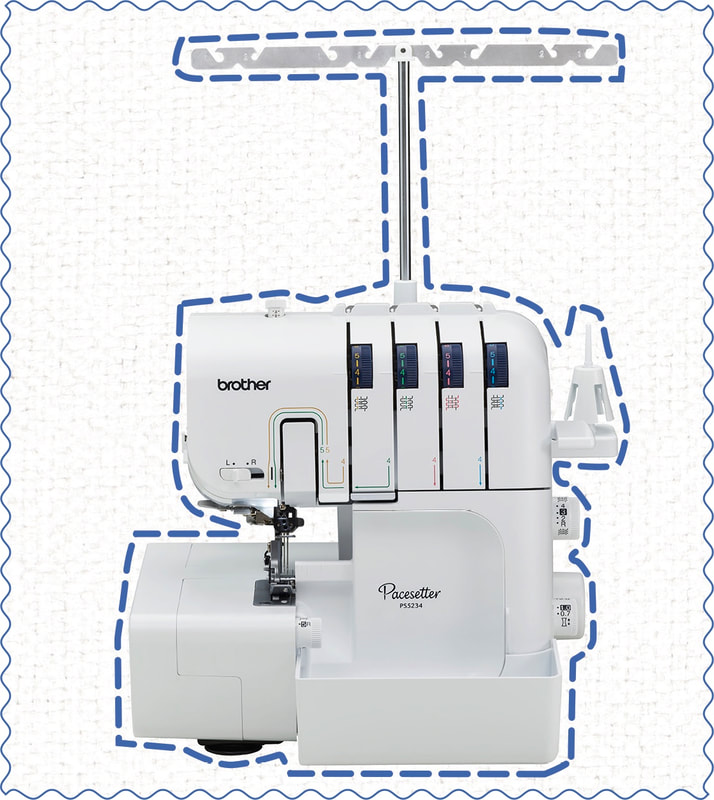
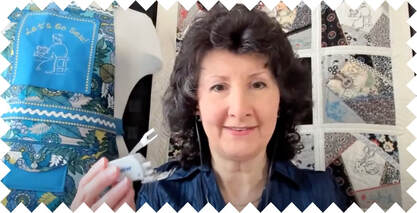
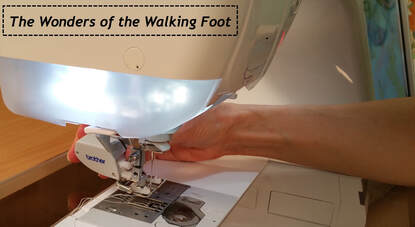
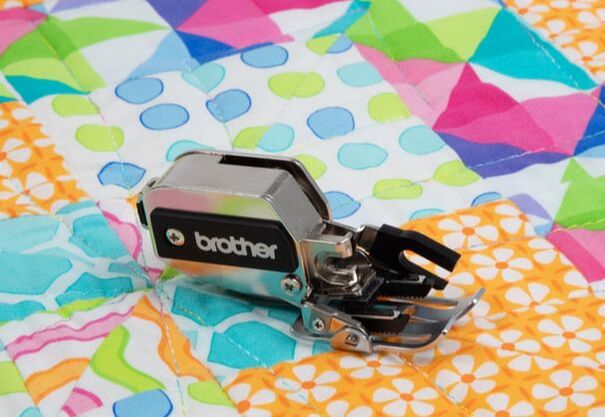
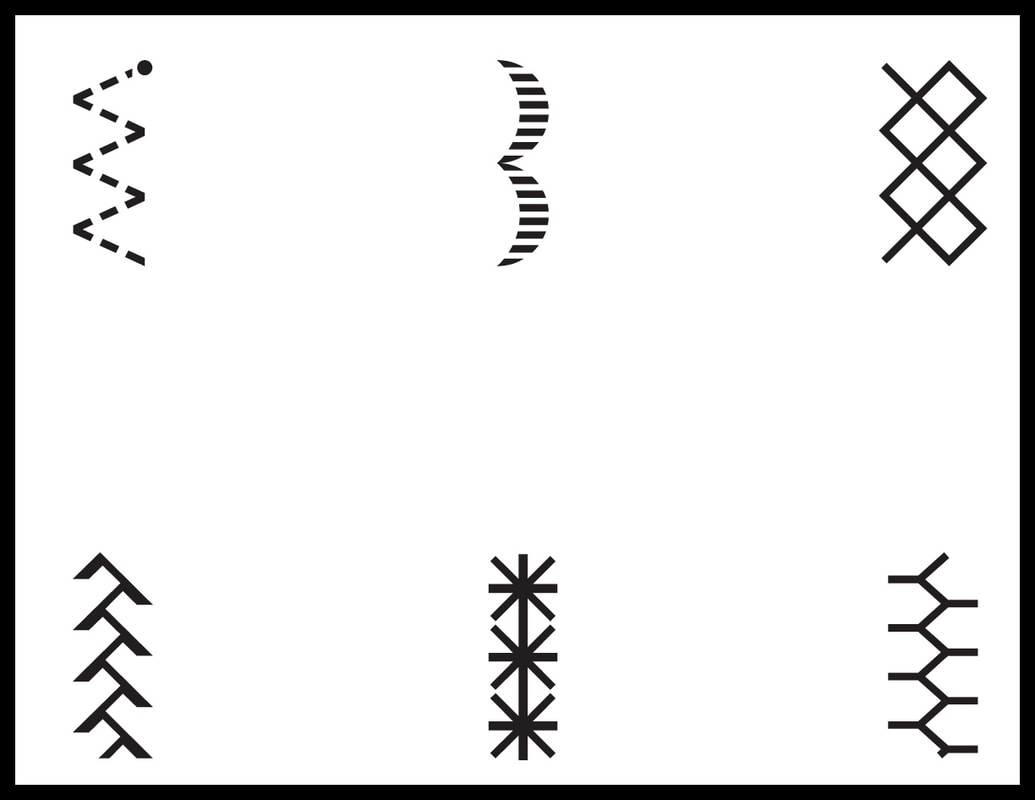
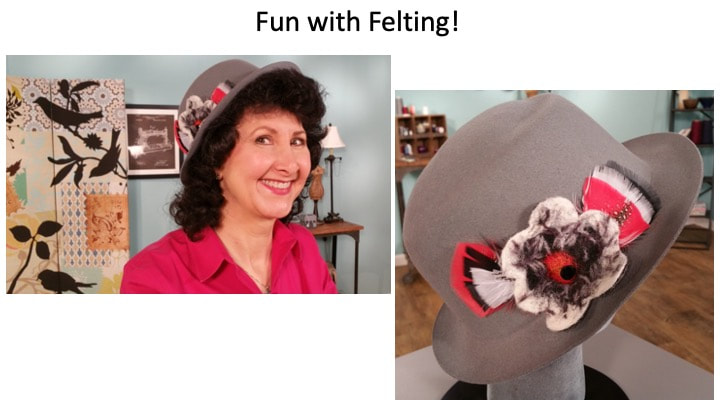
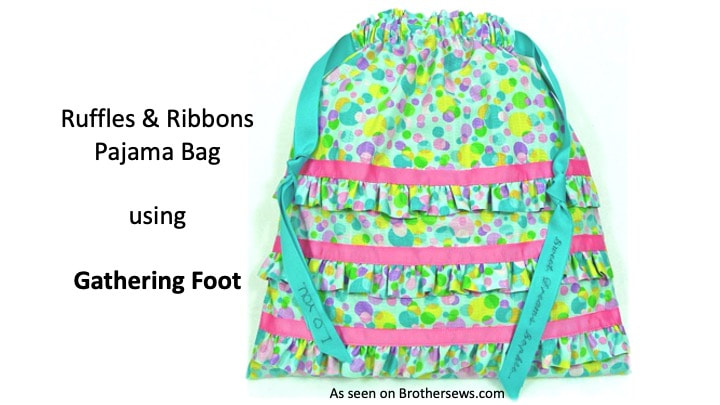
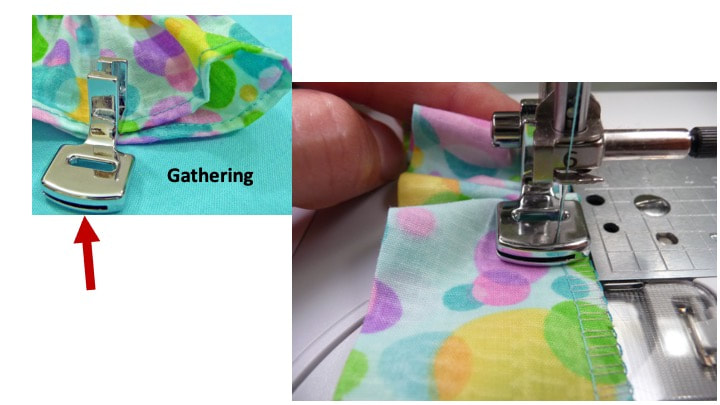
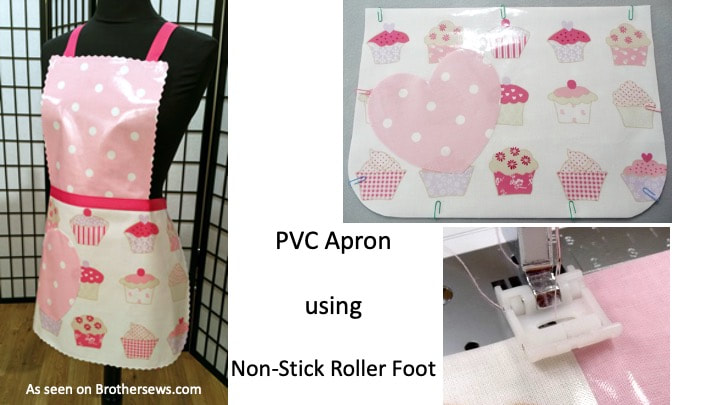
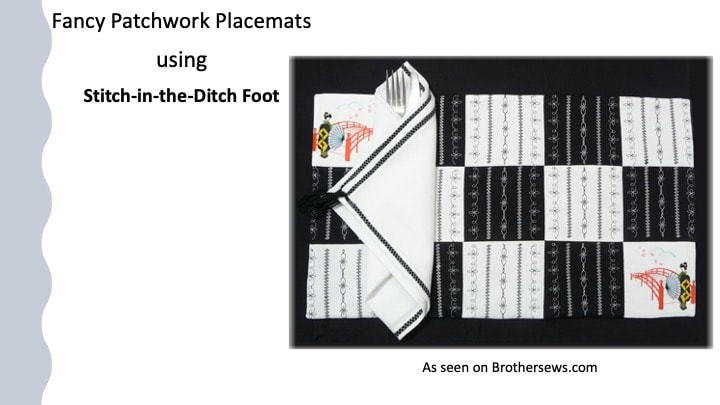
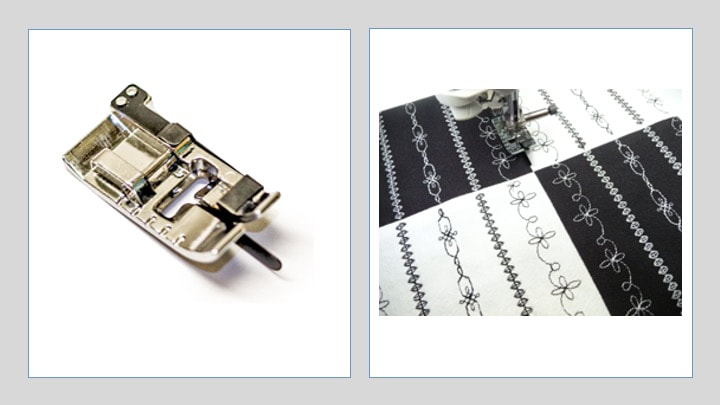
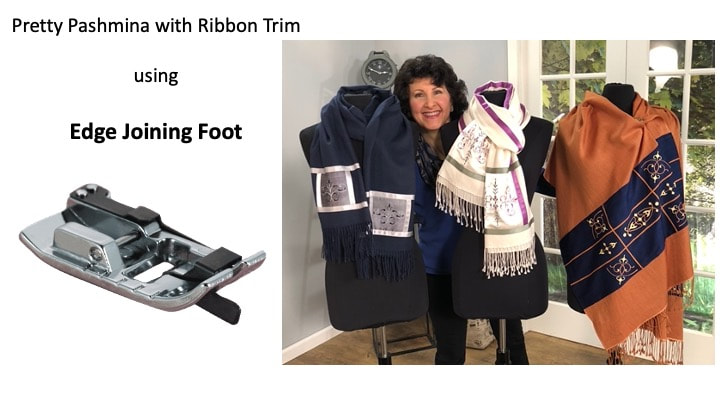
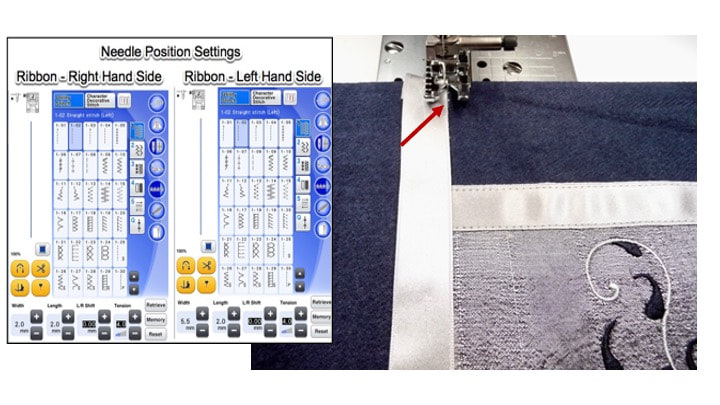
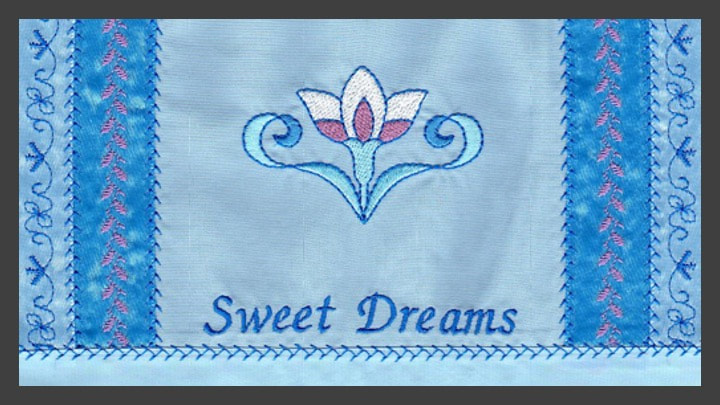
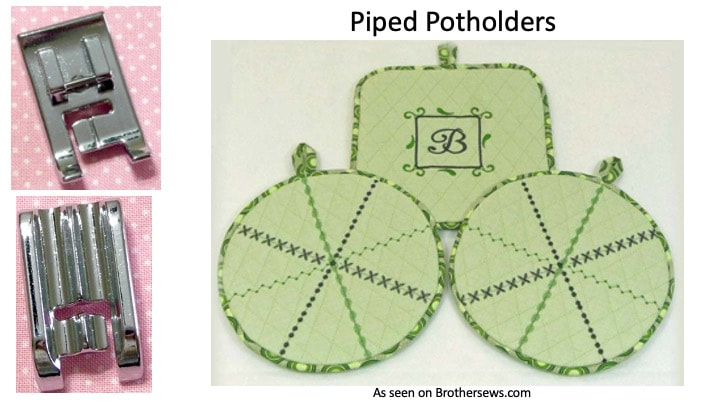
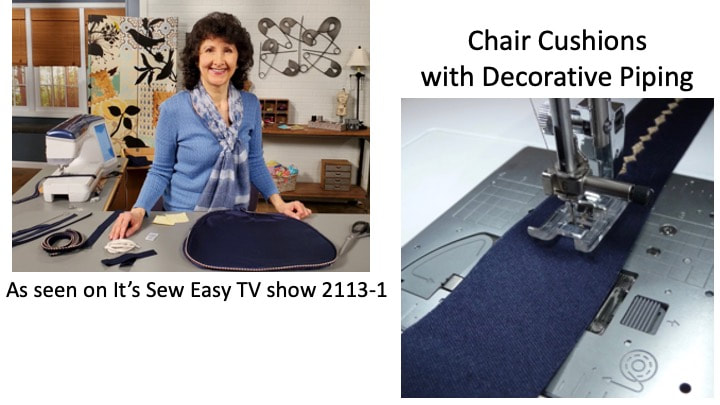
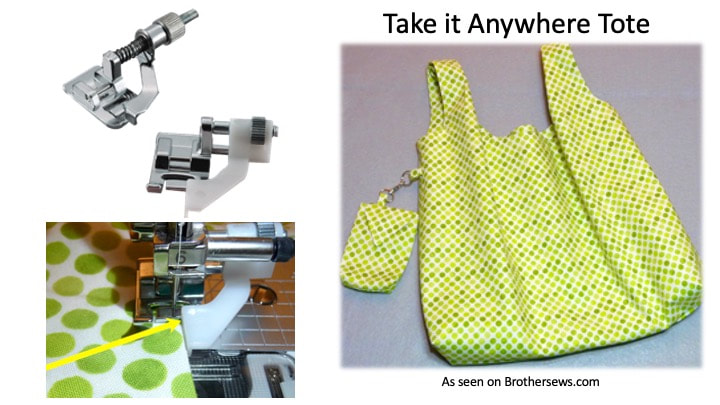
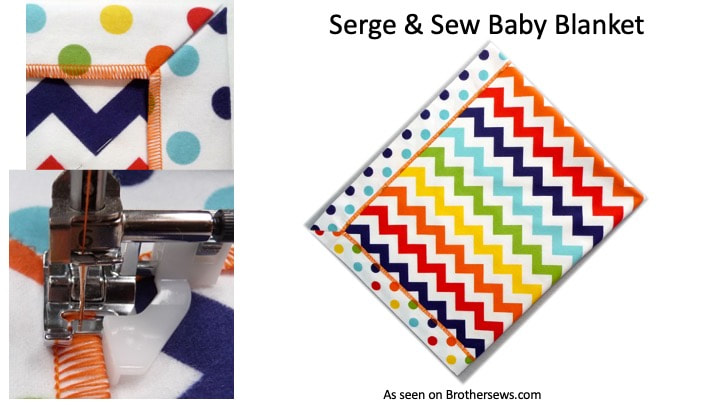
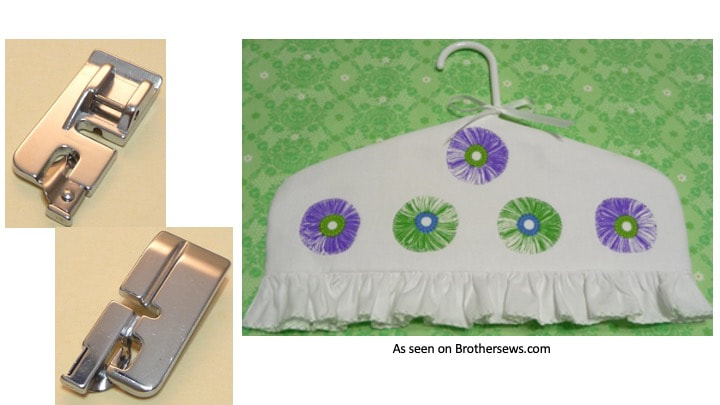

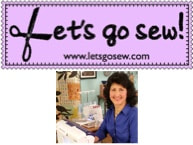
 RSS Feed
RSS Feed